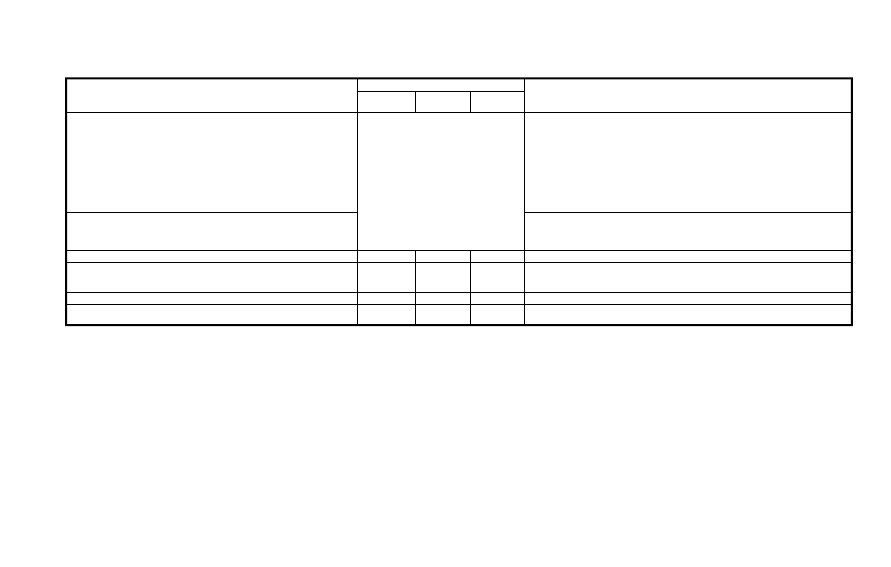Nissan 370Z (2018 year). Instruction - part 27

Fluid type
Capacity (approximate)
Recommended Fluids/Lubricants
Metric
Measure
US
Measure
Imperial
Measure
Brake fluid
Refill to the proper oil level according
to the instructions in the “8. Do-it-
yourself” section.
For NISMO models:
 Genuine NISSAN Brake Fluid R35 Special ll
*2 *3
*2
: Never mix different types of fluids.
*3
: Genuine NISSAN Brake Fluid R35 Special II is the factory fill brake fluid.
The Vehicle Dynamic Control (VDC) unit and other related parts were
specially designed for this brake fluid. Using any other non-equivalent
fluid may result in improper operation of the brake system which could
result in serious injury or death.
Except for NISMO models:
 Genuine NISSAN Super Heavy Duty Brake Fluid
*4
or equivalent DOT3
*4
: Available in mainland USA through a NISSAN dealer.
Clutch fluid
 Genuine NISSAN Brake Fluid R35 Special II
*5 *6
or equivalent DOT4
*5
: Never mix different types of fluids.
*6
: NISSAN recommends Genuine NISSAN Brake Fluid R35 Special II
available at a NISSAN dealer.
Multi-purpose grease
—
—
—
 NLGI No. 2 (Lithium soap base)
Air conditioning system refrigerant
—
—
—
 HFC-134a (R-134a)
 For additional information, see “Vehicle identification” (P.10-12) for air
conditioner specification label.
Air conditioning system lubricants
—
—
—
 NISSAN UV Luminous Oil Type S or exact equivalent
Window washer fluid
4.5
4-3/4
4
 Genuine NISSAN Windshield Washer Concentrate Cleaner & Antifreeze or
equivalent
Technical and consumer information
10-3